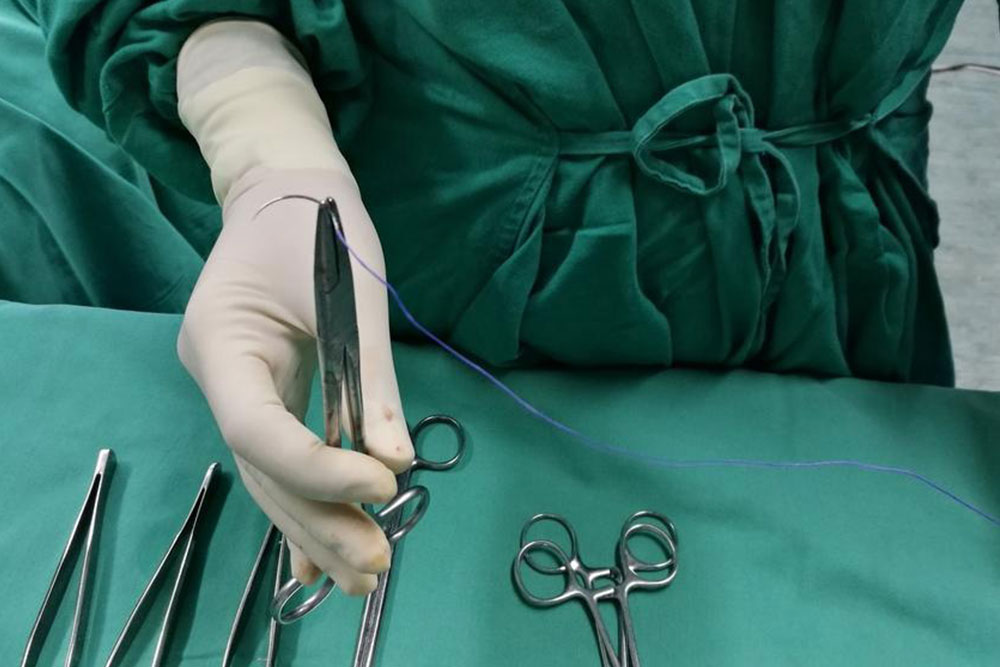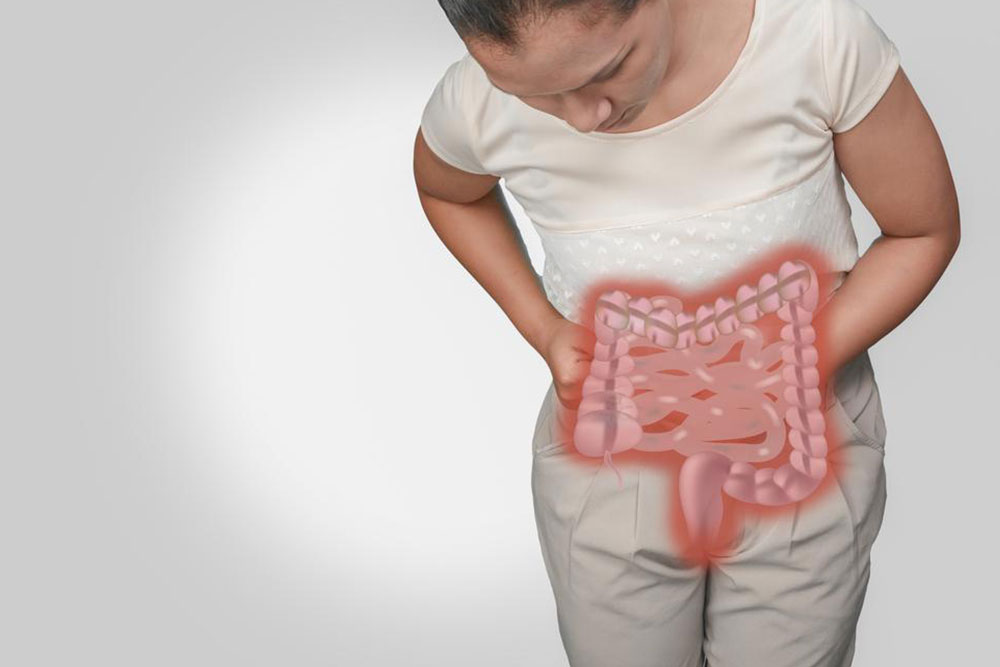Identifying Symptoms of Inguinal and Hiatal Hernias
Learn to identify key symptoms of inguinal and hiatal hernias, including distinct signs like groin bulges, chest burning, and digestive issues. Recognizing these early can prompt timely medical intervention. Consult a healthcare professional for proper diagnosis and treatment options tailored to your condition.

Common Indicators of Inguinal and Hiatal Hernias
Inguinal hernia
An inguinal hernia happens when part of the intestine pushes through a weakness in the groin area, creating a noticeable bulge. This protrusion involves the abdominal lining and fatty tissues, sometimes including intestinal tissue.
Major signs include:
– A visible swelling in the groin or near the pubic bone, more prominent when standing.
– The lump may enlarge during coughing, sneezing, or straining.
– Discomfort or aching around the bulge, sometimes with a burning sensation.
– A sensation of heaviness, weakness, or dragging in the groin.
– Swelling or pain in the testicles if the intestine descends into the scrotum.
– An incarcerated hernia that can lead to strangulation presents with nausea, vomiting, severe pain, discoloration of the bulge, and absence of bowel movement.
Hiatal hernia
This condition occurs when part of the stomach pushes through an opening in the diaphragm called the hiatus into the chest area. It often causes intense heartburn and acid reflux.
Typical symptoms include:
– Burning chest pain, known as heartburn.
– Frequent burping or belching.
– Difficulty swallowing.
– Discomfort in the chest or upper abdomen.
– Feeling full after small meals.
– In some cases, vomiting blood or passing black stools, indicating gastrointestinal bleeding.
Note: Our blog provides helpful information for general understanding and guidance. For personalized medical advice, please consult healthcare professionals. The content may not include all current treatments or offers available elsewhere.


